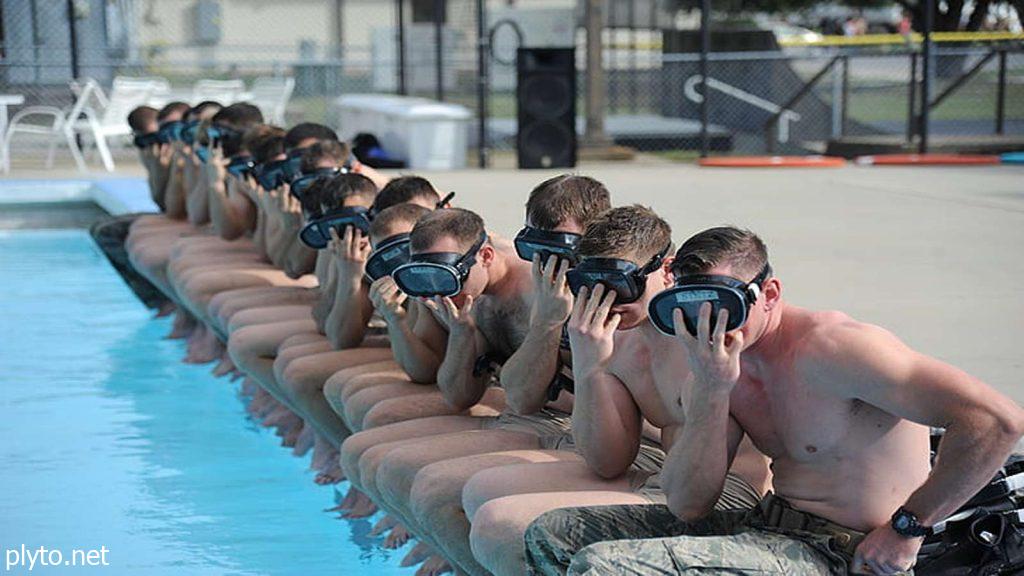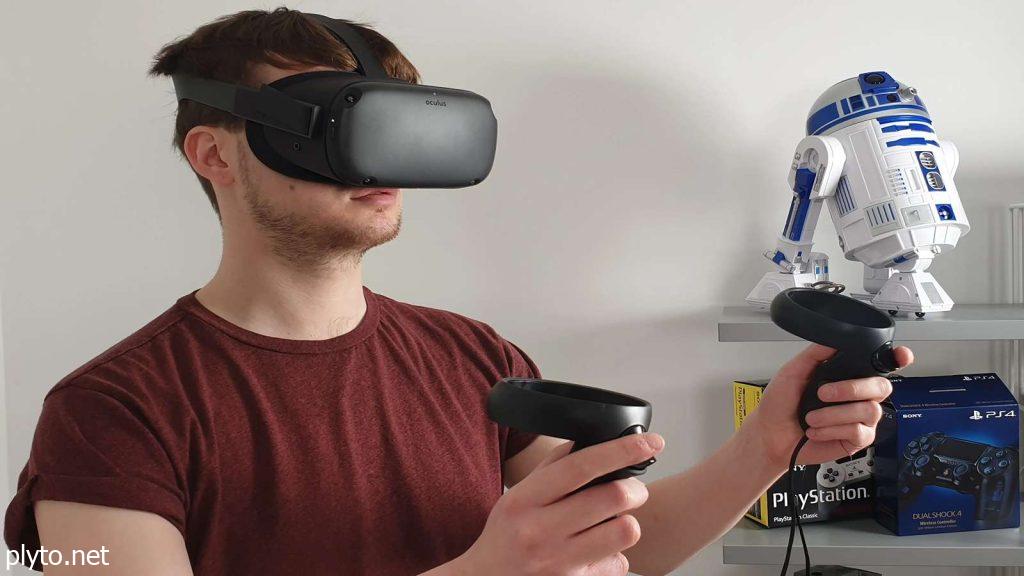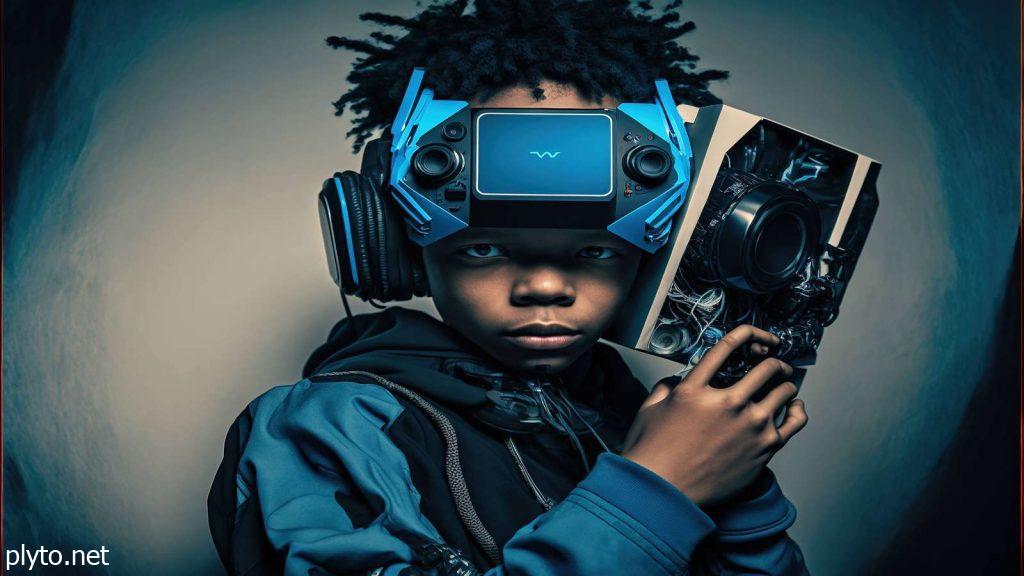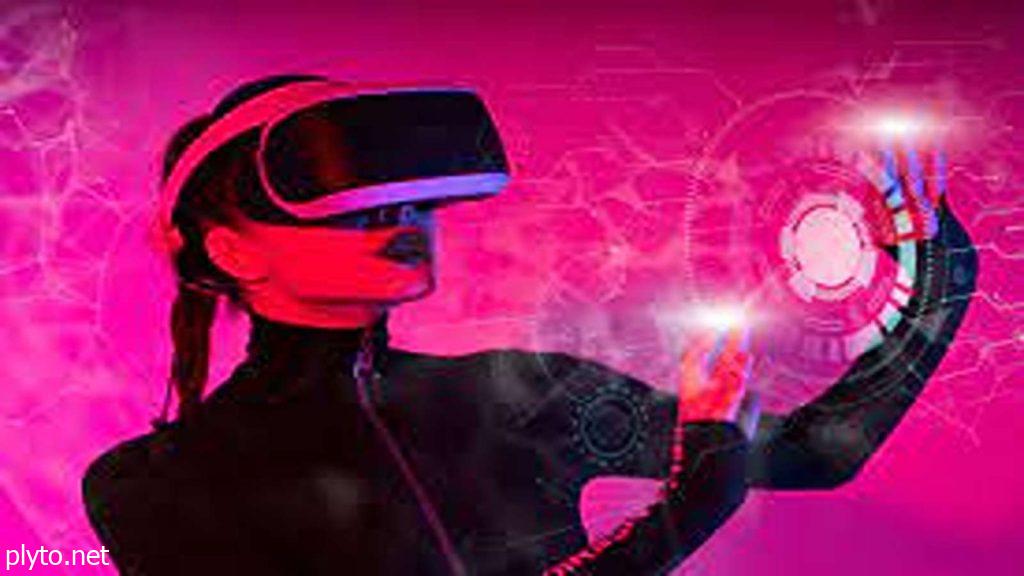In recent years, the integration of Virtual Reality (VR) and Augmented Reality (AR) in sports education has transformed how athletes train, learn, and prepare for competitions. These technologies offer immersive experiences that can simulate real-game scenarios, making them invaluable tools for improving performance and honing skills.


Understanding Virtual Reality and Augmented Reality in Sports
Virtual Reality creates a fully immersive environment that can replicate any scenario, allowing athletes to experience simulated games or training conditions without physical risks. Augmented Reality, on the other hand, overlays digital information onto the real world, enhancing the user’s perception of their environment. Together, these technologies can dramatically improve athletes’ training regimens.
1. Simulating Game Conditions with Virtual Reality
One of the most significant benefits of Virtual Reality and Augmented Reality is the ability to simulate game conditions. Athletes can practice complex plays or techniques in a controlled environment, where they can repeat actions and learn from mistakes without the risk of injury. For example, basketball players can rehearse their shooting techniques using Virtual Reality, while football players can practice defensive strategies against virtual opponents
2. Teaching Complex Movements through Augmented Reality
Augmented Reality and Virtual Reality are also effective in teaching intricate movements that require precise coordination and timing. These technologies allow athletes to visualize and practice specific skills, such as swings in golf or footwork in soccer. Coaches can use Augmented Reality to project movements onto the field, providing real-time feedback and corrections
Barcelona Innovation Hub. This method not only enhances learning but also speeds up the training process.


3. Enhancing Coordination and Reaction Times with VR
Training with Virtual Reality and Augmented Reality can significantly improve an athlete’s coordination and reaction times. For instance, Virtual Reality systems can present unpredictable scenarios where players must react quickly, helping them develop faster decision-making skills under pressure. This is particularly beneficial in sports like basketball or soccer, where quick reactions can make the difference between winning and losing
4. Real-Time Performance Analysis using Augmented Reality
Both Virtual Reality and Augmented Reality offer detailed performance analytics that can be used to monitor athletes’ progress over time. Coaches can use these insights to adjust training programs and focus on specific areas that need improvement. For example, Augmented Reality can highlight an athlete’s movements during practice, providing data on speed, positioning, and technique
Proven Reality. This level of detailed analysis enables a tailored approach to each athlete’s development.


5. Injury Prevention and Rehabilitation through VR
Using Virtual Reality and Augmented Reality technologies can also play a crucial role in injury prevention and rehabilitation. Athletes can engage in virtual training that mimics real gameplay without the physical strain, allowing them to maintain fitness levels while recovering from injuries. Moreover, these technologies can educate athletes on body mechanics, helping them understand how to avoid injuries in the future
6. Enhanced Fan Engagement with Augmented Reality
While Virtual Reality and Augmented Reality primarily benefit athletes and coaches, they also enhance the fan experience. For instance, during live games, Augmented Reality can overlay statistics and player information, enriching the viewing experience. Fans can use Augmented Reality applications to interact with the game, gaining insights into player performance and strategies
Barcelona Innovation Hub. This engagement can lead to a deeper understanding of the sport and foster a stronger connection between fans and their teams.


7. Future Trends and Innovations in VR and AR
As Virtual Reality and Augmented Reality technologies continue to evolve, their applications in sports education are likely to expand. Emerging trends include the use of Virtual Reality for mental conditioning and visualization techniques, where athletes can mentally rehearse plays in a virtual environment. Furthermore, advancements in Augmented Reality are enabling more interactive training sessions, allowing for collaborative practice among athletes regardless of their location


Conclusion
The incorporation of Virtual Reality and Augmented Reality in sports education represents a paradigm shift in how athletes prepare for competition. By simulating game conditions, enhancing training techniques, and providing real-time feedback, these technologies not only improve athletic performance but also foster a safer training environment. As the technology progresses, it will undoubtedly continue to shape the future of sports education and athlete development.



















